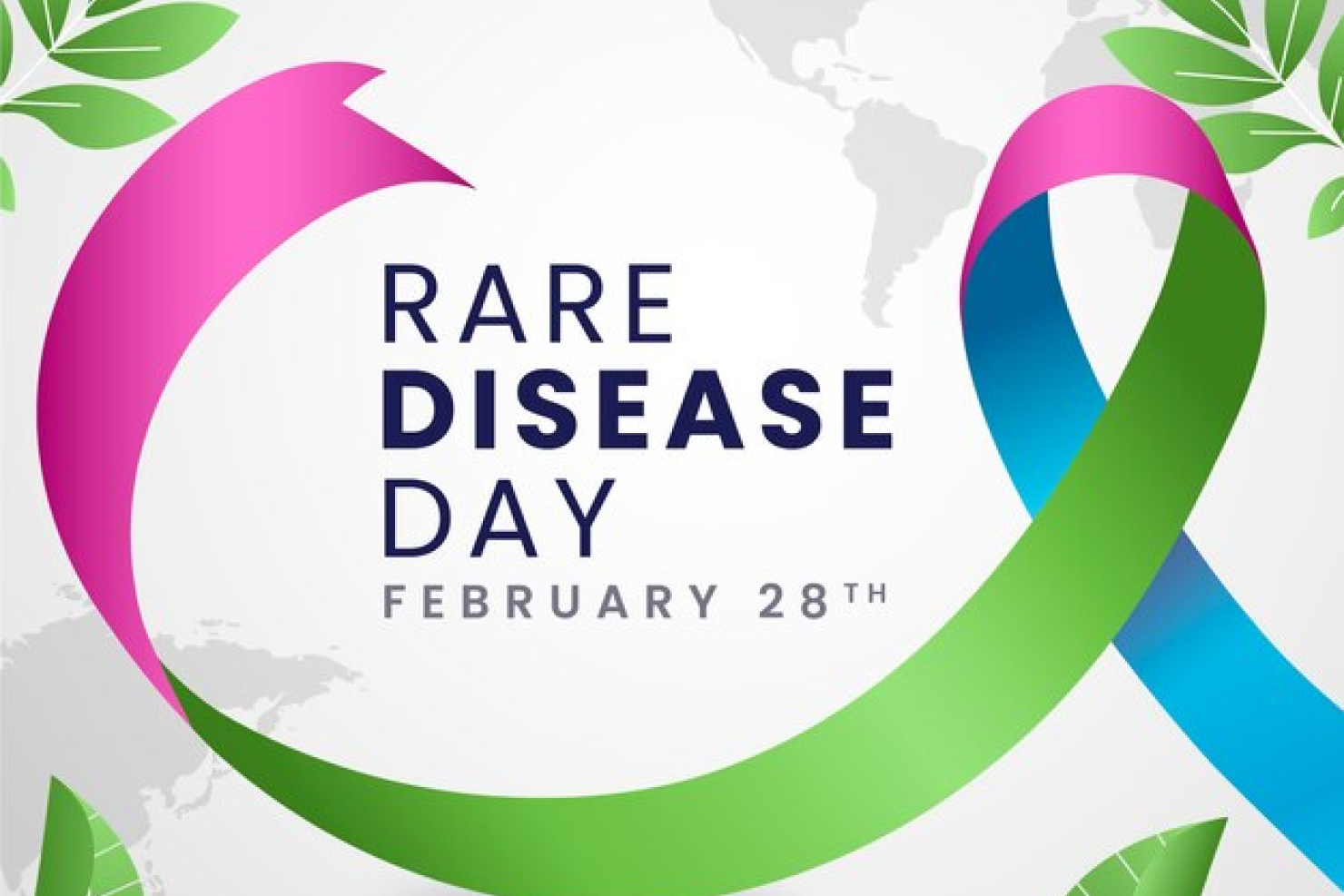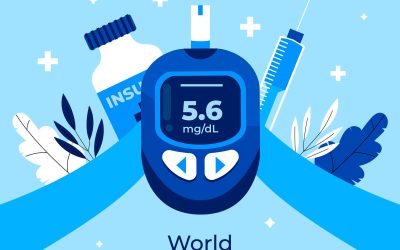What is Rare Disease Day?
Rare Disease Day, observed annually on the last day of February, is a global campaign aimed at raising awareness about rare diseases and their impact on patients’ lives. The day serves as an opportunity to advocate for better support and resources for those affected by rare diseases, as well as to promote research into these often overlooked conditions.
Rare diseases, also known as orphan diseases, affect a small percentage of the population. While each rare disease may only affect a limited number of individuals, they collectively impact millions worldwide. These diseases often pose significant challenges for patients, their families, and healthcare providers due to their complexity, lack of awareness, and limited treatment options.
When is Rare Disease Day 2024?
Rare Disease Day 2024 falls on February 29th. However, since 2024 is a leap year, it will be observed on February 29th.
The main goals of Rare Disease Day are to:
- Raise Awareness: By sharing stories of individuals living with rare diseases and highlighting the unique challenges they face, Rare Disease Day aims to increase public understanding and compassion for those affected.
- Advocate for Policy Change: The day provides a platform for advocacy organizations and patient groups to call for improved policies, funding, and resources to support research, diagnosis, and treatment of rare diseases.
- Promote Research: Rare Disease Day encourages collaboration among researchers, healthcare professionals, and pharmaceutical companies to advance scientific understanding of rare diseases and develop new therapies.
- Empower Patients: By fostering a sense of community and solidarity among patients and their families, Rare Disease Day empowers individuals to advocate for their own needs and seek out information and support networks.
Each year, Rare Disease Day focuses on a specific theme to address key issues facing the rare disease community. Themes may include access to treatment, patient empowerment, early diagnosis, and research funding. Through events, social media campaigns, educational initiatives, and fundraising activities, participants around the world come together to make their voices heard and raise awareness about the challenges of living with rare diseases.
In addition to raising awareness, Rare Disease Day serves as a reminder of the importance of equity in healthcare and the need to ensure that all individuals, regardless of the rarity of their condition, have access to timely diagnosis, appropriate treatment, and support services. By spotlighting rare diseases, this global initiative strives to create a more inclusive and supportive healthcare system for everyone.
How to celebrate Rare Disease Day?
Celebrating Rare Disease Day provides an opportunity to show support for individuals and families affected by rare diseases and raise awareness about these often overlooked conditions. Here are some ways to celebrate this important day:
1. Share Stories: Share personal stories or experiences of individuals living with rare diseases on social media platforms or through local community events. Highlighting the challenges and triumphs of those affected helps raise awareness and fosters empathy and understanding.
2. Organize Events: Host awareness events such as seminars, workshops, or panel discussions featuring healthcare professionals, researchers, and patients. These events can provide valuable information about rare diseases and encourage dialogue among participants.
3. Wear Jeans: In some countries, wearing jeans on Rare Disease Day symbolizes support for those affected by rare diseases. Organize a “jeans day” at work or school and encourage participants to donate to a relevant charity or advocacy organization.
4. Fundraising: Organize fundraising activities such as charity walks, runs, or bake sales to raise funds for rare disease research, patient support programs, or advocacy efforts.
5. Social Media Campaigns: Use social media platforms to share facts, statistics, and personal stories about rare diseases. Use hashtags such as #RareDiseaseDay to join the global conversation and amplify your message.
6. Educate Others: Take the opportunity to educate friends, family members, and colleagues about rare diseases and the challenges faced by those living with them. Encourage others to learn more and become advocates for rare disease awareness and support.
By coming together to celebrate Rare Disease Day, we can raise awareness, show support for those affected, and advocate for better research, diagnosis, and treatment options for rare diseases. Every effort, no matter how small, contributes to building a more inclusive and supportive community for individuals and families living with rare diseases.
What diseases are included in Rare Disease Day?
Rare Disease Day aims to raise awareness about the thousands of rare diseases that affect millions of people worldwide. These diseases, often referred to as orphan diseases, are characterized by their low prevalence in the population. While each rare disease may affect only a small number of people, collectively, rare diseases impact a significant portion of the global population. Here are some examples of diseases that are included in Rare Disease Day:
1. Cystic Fibrosis:
Cystic fibrosis is a genetic disorder that primarily affects the lungs and digestive system. It leads to the production of thick and sticky mucus that can clog the airways and obstruct the pancreas.
2. Huntington’s Disease:
Huntington’s disease is a progressive neurodegenerative disorder that affects movement, cognition, and behavior. It is caused by a mutation in the huntingtin gene and leads to the degeneration of nerve cells in the brain.
3. Duchenne Muscular Dystrophy:
Duchenne muscular dystrophy is a genetic disorder characterized by progressive muscle degeneration and weakness. It primarily affects boys and typically becomes apparent in early childhood.
4. ALS (Amyotrophic Lateral Sclerosis):
ALS, also known as Lou Gehrig’s disease, is a progressive neurodegenerative disease that affects nerve cells in the brain and spinal cord. It leads to muscle weakness, paralysis, and eventually respiratory failure.
5. Ehlers-Danlos Syndrome:
Ehlers-Danlos syndrome is a group of genetic connective tissue disorders characterized by joint hypermobility, skin hyperextensibility, and tissue fragility. There are several subtypes of Ehlers-Danlos syndrome, each with its unique features and inheritance patterns.
6. Rare Cancers:
Many forms of cancer are considered rare diseases, including certain types of leukemia, lymphoma, and sarcoma. These cancers may have unique characteristics and treatment challenges compared to more common forms of cancer.
7. Lysosomal Storage Disorders:
Lysosomal storage disorders are a group of inherited metabolic disorders characterized by deficiencies in lysosomal enzymes. Examples include Gaucher disease, Pompe disease, and Fabry disease.
8. Rare Genetic Syndromes:
Numerous rare genetic syndromes affect various organ systems and bodily functions. Examples include Prader-Willi syndrome, Angelman syndrome, and Rett syndrome.
These are just a few examples of the many rare diseases that are included in Rare Disease Day. By raising awareness and advocating for research and resources, we can support individuals and families affected by rare diseases and work towards better diagnosis, treatment, and support options for these often overlooked conditions.



